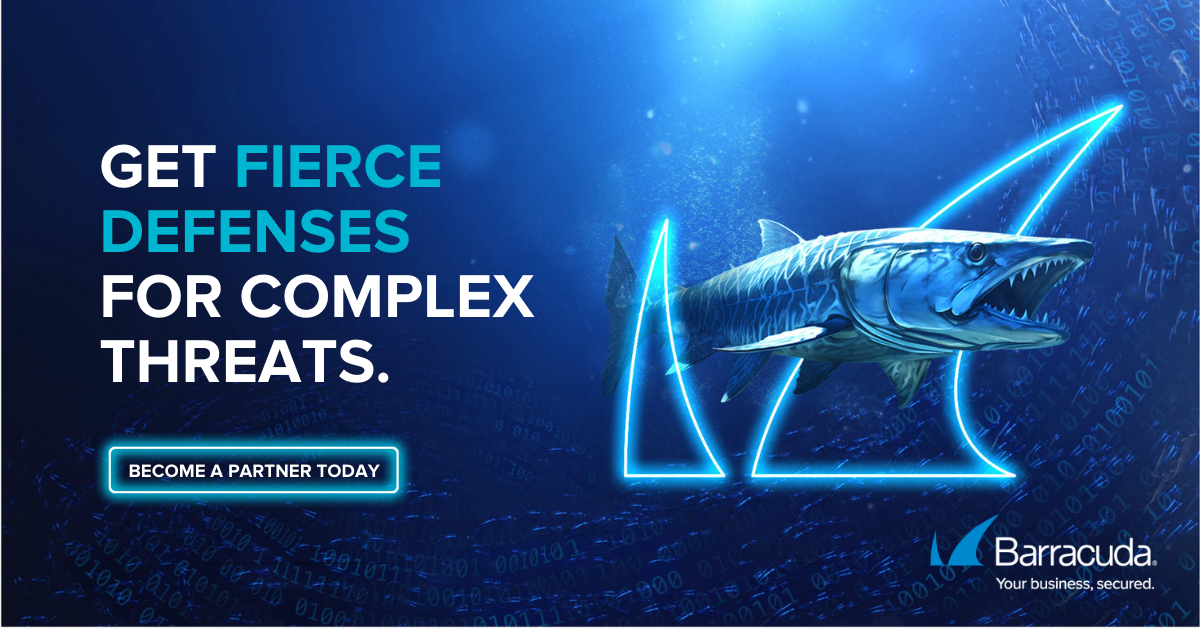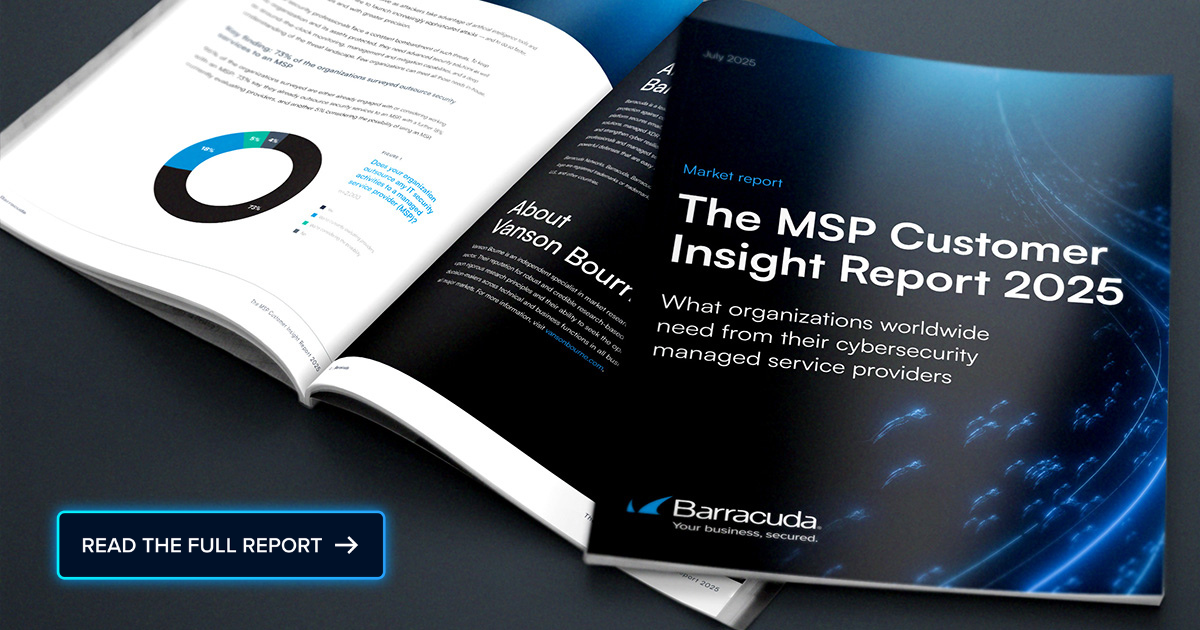
Cybersecurity is becoming an essential component of the services that managed service providers (MSPs) offer, and security audits are an important tool for MSPs of all sizes.
Larger MSPs benefit from a deeper bench of personnel and products when conducting audits. For smaller MSPs, an all-encompassing audit can require a lot of resources. But there are still ways to perform them without stretching your business too thin.
Claudio Gallo, a senior security analyst, has worked on audits for several years and shares some tips and hacks for implementation:
Automate where possible: Automation can be a game-changer for smaller teams. “It can sound expensive, but sometimes, utilizing tools that can automate many of the regular tasks can assist your team in focusing on critical tasks or findings,” Gallo says, adding that automation saves money in the long run.
Focus on risk assessment first: Before initiating an audit, always perform risk assessments to identify potential client environment threats. “This prioritization will help concentrate the audit efforts where they are badly needed, utilizing the resources properly,” Gallo explains.
Compliance is king: Use compliance standards like NIST as a roadmap. Gallo notes, “While these might not be required in formal certifications, adhering to them will ensure that your audits are structured and can be customized to your client’s needs.”
Educate your team and clients: Cybersecurity is as much about people as technology. “Regular training sessions for your staff and educational webinars for clients will help create a security awareness culture that reduces human error vulnerabilities,” Gallo advises.
Why a “comprehensive approach” is needed
Sharon Kauffman, head of marketing at Northdoor PLCan IT consultancy and MSP, also offers tips for conducting audits. “Even though you can defend against an estimated 98 percent of attacks with relatively basic security hygiene, the sheer volume of remediation work can make it difficult to take a step back and build an effective bigger-picture strategy,” she says, adding that to enhance cybersecurity, an organization first needs to understand its existing position and capabilities.
Kauffman also shared that Northdoor takes a “comprehensive approach” to look at all key elements in a client’s digital estate across six key areas, including:
- Applications
- Data
- Endpoints
- Identity
- Infrastructure
- Network
Kauffman explains that an audit process should ideally begin with a pre-engagement call to define the engagement scope, establish objectives and priorities, identify the appropriate stakeholders, and align expectations. “This is followed by a threat check kick-off meeting to set goals and deliverables, define engagement tools, and set up a secure, non-intrusive data-gathering exercise,” she states, adding the threat-check exercise lasts two weeks. It helps uncover threats across the six key areas.
“Alongside this automated review, security experts audit your organization and existing practices. We benchmark your existing strategy and controls against industry best-practice models, determine your cyber security maturity, identify areas for improvement, and highlight immediate vulnerabilities that require urgent attention,” Kauffman explains, noting that some 70 percent of threats originate on an increasingly large and diverse set of endpoints, increasing the attack surface and the challenge for IT security teams. Once the process is complete, Kauffman and her team provide a structured cybersecurity strategy document that includes a prioritized list of actionable next steps.
The importance of understanding the business context
Steve Tcherchian, CISO of security company XYPRO, expresses that smaller MSPs often dive into the technical aspects of cybersecurity audits without first understanding the business context.
“Before assessing firewalls or endpoint security, I recommend conducting a quick inventory and risk analysis to identify the client’s most valuable assets and operations. Then, tailor the audit to prioritize these critical areas,” Tcherchian says, adding that this will ensure you spend time and resources where they matter most.
He notes, “Smaller MSPs often lack the resources to invest in costly enterprise-grade audit tools. However, there are many lightweight and affordable alternatives available,” adding that tools like Nmap, Nessus Essentials, and various open-source scripts can automate vulnerability scanning, which saves time for human analysis. “MSPs should focus their manual efforts on interpreting findings, mapping them to business risks, and recommending actionable next steps rather than chasing and installing complex tools.”
Security audits are an essential tool for MSPs of all sizes, offering significant benefits in cybersecurity and client protection. Despite limited resources, MSPs can streamline the audit process by leveraging automation, conducting risk assessments, and adhering to compliance standards. Educating teams and clients about cybersecurity further strengthens defense measures, while comprehensive audit strategies help identify vulnerabilities and prioritize improvements. With the right tools and approach, MSPs can successfully navigate the complexities of security audits. Therefore, this enables them to deliver valuable solutions to their clients.
Photo: PeopleImages Yuri A / Shutterstock

